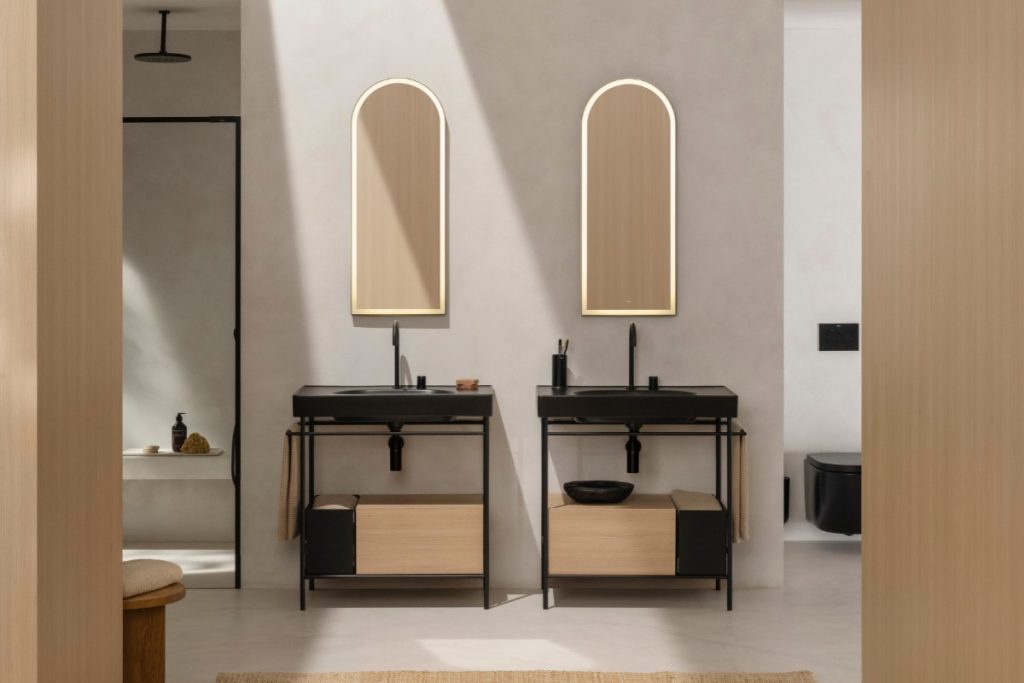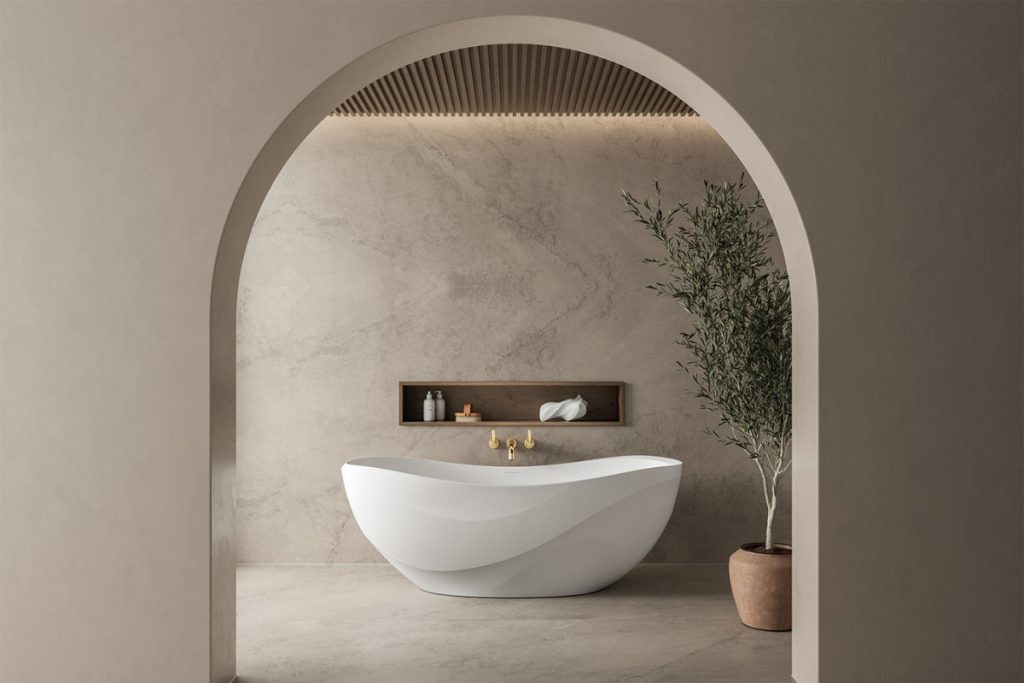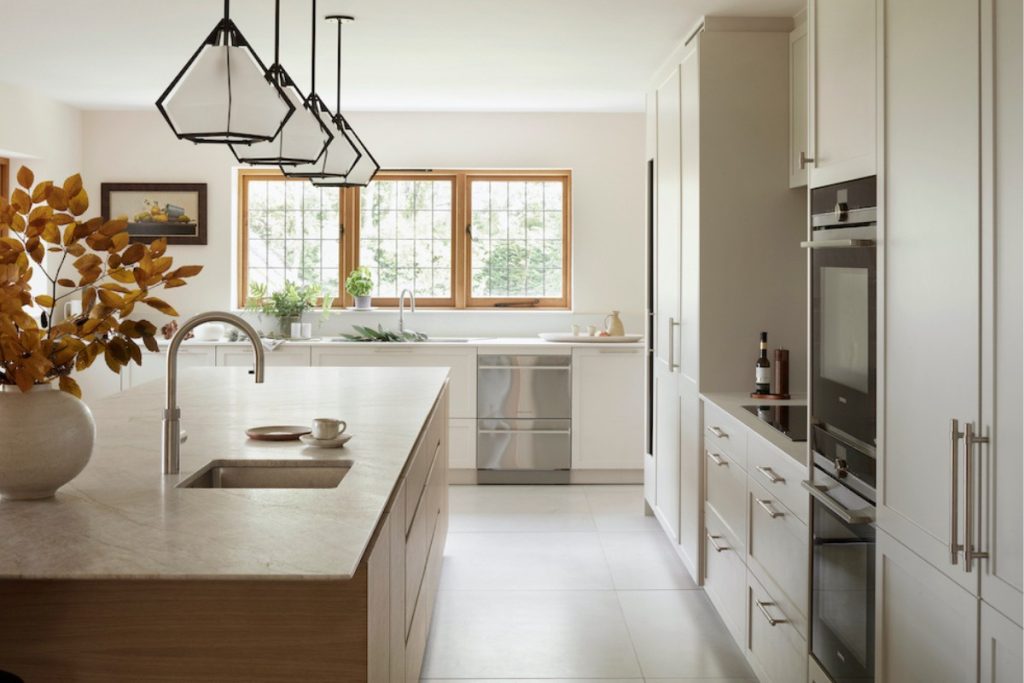But art deco has French origins: its name derives from the 1925 Paris Exposition Internationale des Arts Décoratifs et Industriels Modernes; the shortened name came into widespread use when an English historian, Bevis Hillier, used it in 1968 for one of the first books on the subject, titled Art Deco of the 20s and 30s.
Characterised by its use of luxurious materials, superb craftsmanship and simple shapes, art deco was born out of the rapid industrialisation of the interwar period. It celebrated the age of the machine and was assertively modern, replacing the curving organic shapes of art nouveau which preceded it.
“The new style followed the war when France needed to relaunch herself. People . . . wanted something new and modern,” says Caroline Loizel, press officer for the exhibition 1925, when Art Deco dazzled the World, which is being held at the Cité de L’Architecture et du Patrimoine in Paris until March 3.
In the decade leading up to the first world war, life for many in Paris was good. The elegant department store Galeries Lafayette opened a new branch on Boulevard Haussmann, selling fashion to the middle classes, Louis Blériot flew across the English Channel, French cinema was booming, and the first radio mast was fixed to the top of the Eiffel Tower.
Then war broke out. Although Parisians tried to carry on with the good life, the conflict had a devastating effect owing to the number of lives lost, the impact of rationing and a devastating flu epidemic in 1916.
By 1925 the city was ready to re-establish itself.
The Paris exhibition was designed to show the world that the city was the most fashionable, luxurious and tasteful city of all.
|
©WestImage – Art Digital Studio
|
|
| Rosenthal mirror, £2,195, luxdeco.com | Glass bottles with stoppers, by Maurice Marinot. Marcilhac auction at Sotheby’s Paris, €6,000-€10,000 |
According to the notes from a 2003 exhibition, Art Deco: 1910-1939, hosted by the Victoria and Albert Museum in London: “With over 16 million visitors . . . Paris itself was put on show as the most fashionable of cities. The [1925] exhibition had an immediate and worldwide impact.”
After the 1925 event, French architects, designers and artists were invited to demonstrate their work all over the world.
Fabrice Bana, a London-based interior designer and art deco aficionado, says of the style: “It is elegant, glamorous, functional and modern. The materials used, including shagreen, Makassar [ebony], ivory and mother of pearl, were lavish, in part a reaction to the austerity of the war. But despite their opulence and craftsmanship, the pieces were designed to be used; I’ve sat on a 1928 Jean-Michel Frank shagreen (stingray skin) and oak armchair which was supremely comfortable, ergonomically designed and timelessly elegant,” says Bana.
| Fauteuil Nautile armchair, 1913, by Paul Iribe. Sold at Sotheby’s Paris in 2010 for €492,750 | Upholstered Venus chair, £3,375, soane.co.uk |
While the number of art deco buildings is relatively low in the centre of Paris – there was no great need for housing thanks to Haussmann’s building spree, nor had the city been badly bombed – industrialisation meant that factories and facilities for the city’s workers were required. “Renault had its factories in Boulogne-Billancourt, which is a [nearby] suburb of Paris. In addition to the factories, they had to build homes for the engineers and workers. The whole area is very art deco and is now very sought after,” says Loizel.
François Blanc, founder of Communic’Art, lives in an art deco building on Boulevard Raspail in the 14th arrondissement. “Haussmannisation means that while Paris is very beautiful, many of the buildings are very similar,” he says. “I had always walked past this [art deco] building and wondered what it was like inside and when one became available, I jumped at the chance. The high ceiling was a real selling point as it meant it could be converted into a split-level mezzanine and still have light from the tall windows.”
In addition to the high-end materials associated with the period, mass production meant that there was more glass, chrome and mirror used in the home too.
By the 1930s, after Tutankhamun’s tomb had been discovered, Egyptian motifs began to appear, joining other African imagery which was growing in popularity as international travel became more widespread.
One of the most recognisable art deco immeubles is the Walter building in the 16th arrondissement, which was designed in the 1930s by Jean Walter. A three-bedroom apartment in the building is currently on the market for more than £3m.
Pierre Yovanovitch, an interior designer greatly influenced by art deco, knows the building well. “The rooms are large and the apartments tend to be much bigger than other Parisian buildings,” he says. “The ceilings are much higher than Haussmann and the windows are very big too with steel frames.”
Yovanovitch has renovated an apartment in an art deco building in Quai Anatole (in the 7th arrondissement) which he recently sold “for a lot of money”. “Art deco works very well in the 21st century because of the clean, simple lines,” he says.
Jean-Louis Deniot, an interior designer who has renovated buildings and who also designs furniture, says: “It’s very easy to reproduce or manufacture art deco style because of the straight lines. One problem with the Parisian pieces is that they were made for smaller spaces than you find, for example, in the US, so they can get lost in a large room. But while the furniture is smaller, the proportions of the rooms are larger.”
Parquet floors were often inlaid with intricate geometric designs and the plasterwork also featured linear patterns.
| Blue glass art deco tray, £150, themintlist.com | Carpet, c1925, by Ernet Boiceau. Marcilhac auction at Sotheby’s Paris, €80,000-€100,000 |
According to Bana, it was also a style that was built to last. “Great craftsmanship with superb materials will age gracefully hence the astronomical prices these objects reach at auctions which rival those of the art markets these days.”
Indeed, on March 11 and 12 Sotheby’s Paris is holding an auction of some 300 pieces belonging to the art dealer, collector and art deco pioneer Félix Marcilhac. One of the star lots is a Commode à l’Anglaise, which is black with an abstract orange and yellow pattern, expected to fetch up between €3,000 and €4,000.
By the 1940s the popularity of art deco had waned. Its decorative style seemed out of place in a politically unstable Europe, not to mention the aftermath of the Great Depression. Art deco was replaced by modernism, a style based around simple materials that rejected the idea of lavish ornamentation. Despite this, the impact of art deco continues to be felt today.
| Lightening sellette, c1930, by Fernand Grange. Marcilhac auction at Sotheby’s, €8,000-€10,000 | ‘Groupe Deux Serpents’, 1931, by Edouard-Marcel Sandoz, Marcilhac auction at Sotheby’s, €100,000-€120,000 | ‘Jeune Fille à la Colombe’, 1928, by Ossip Zadkine. Marcilhac auction at Sotheby’s Paris, €150,000-€200,000 |



